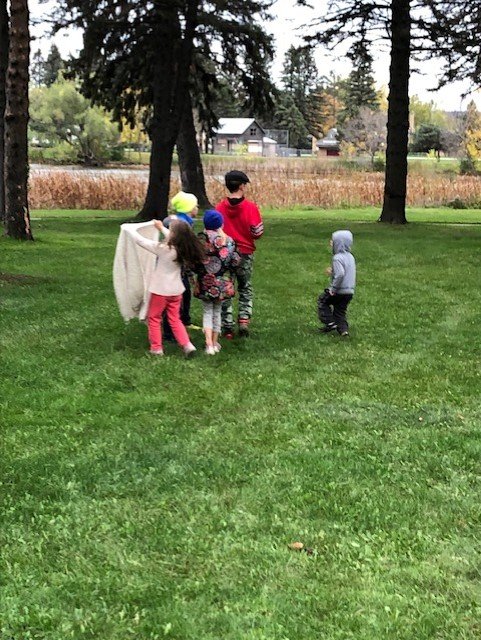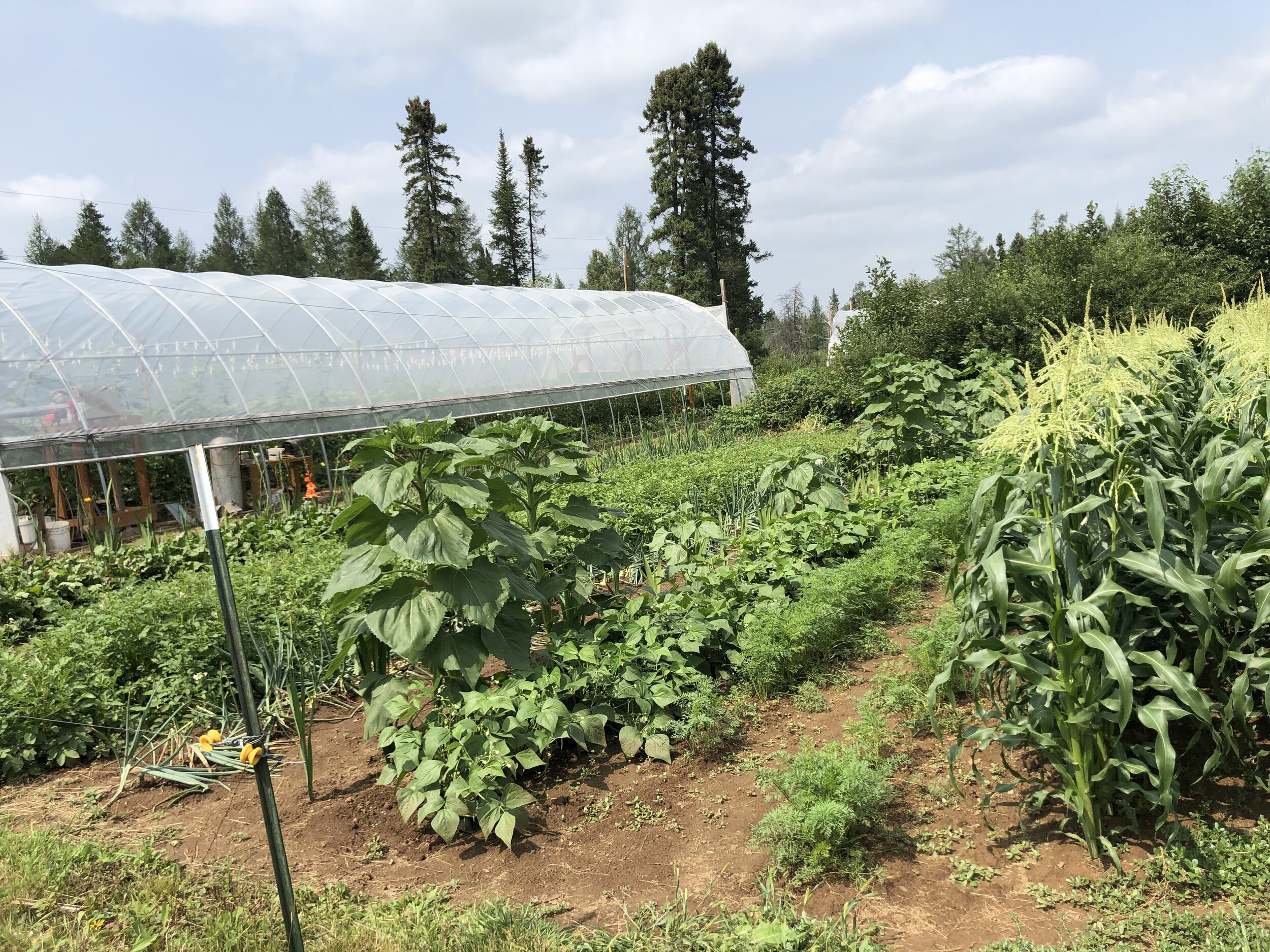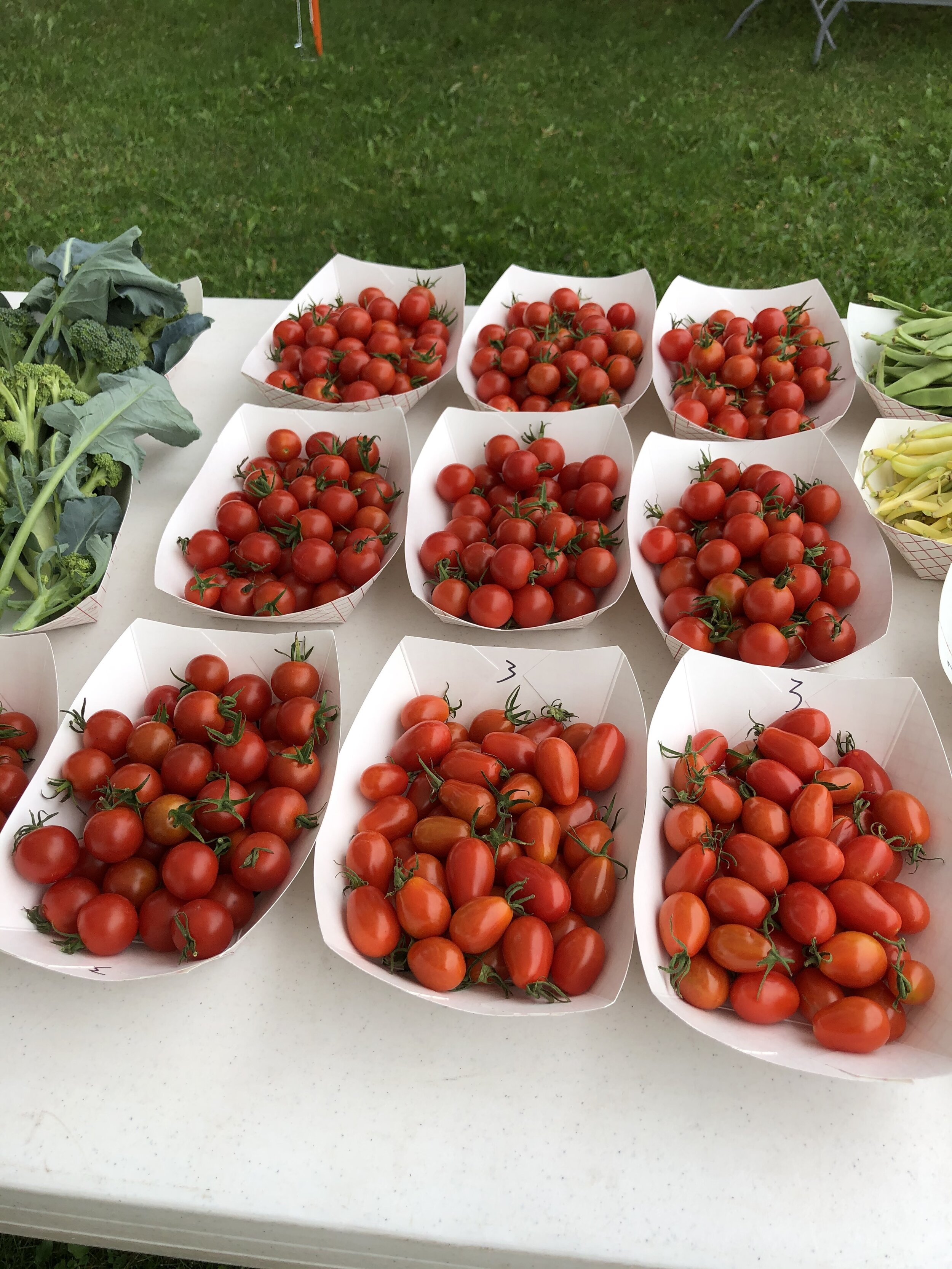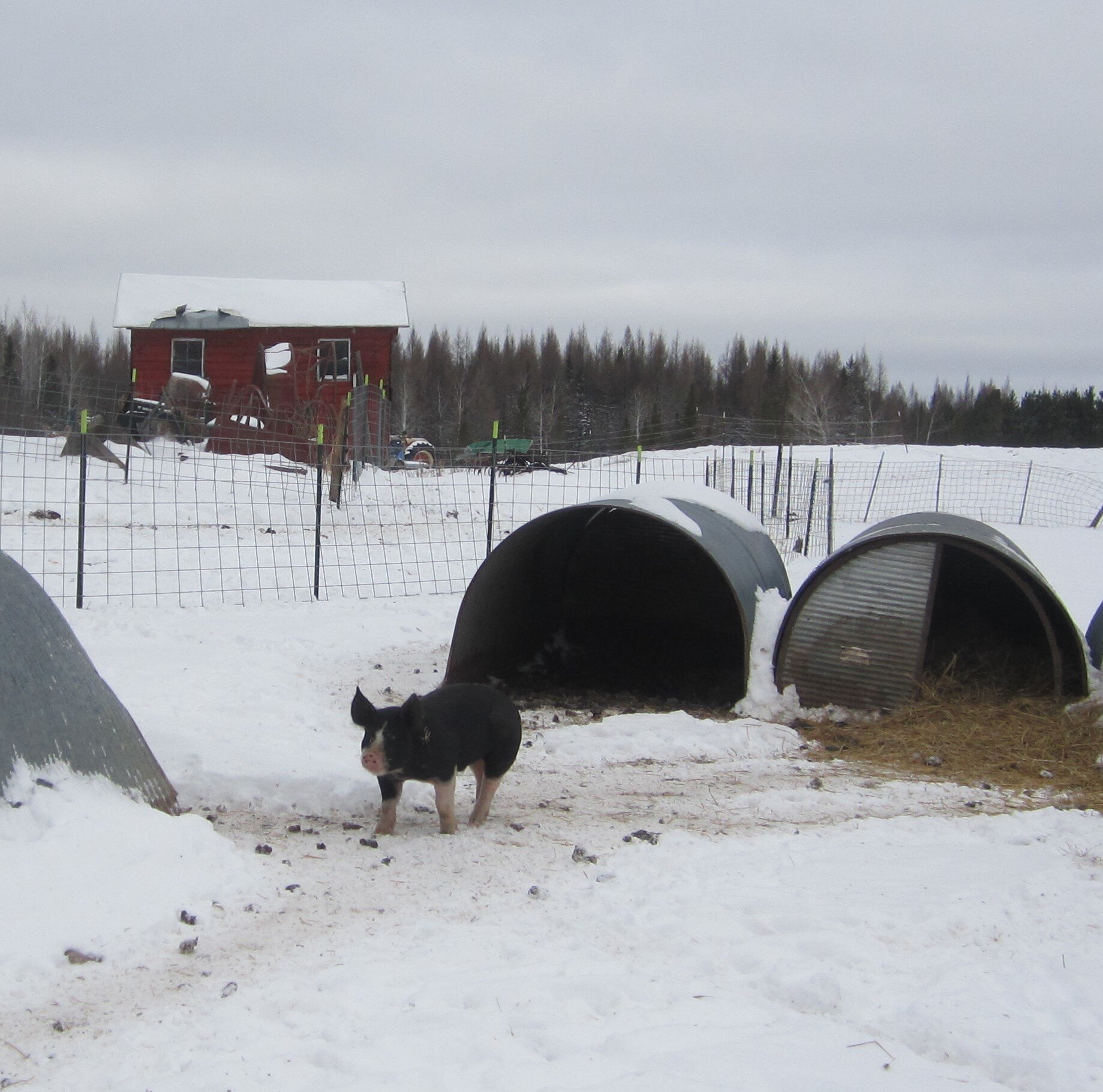The 2021 Farmers Market season is nearly over on the Iron Range. It was a good season, rescued by late summer rains after a spring drought that devastated many specialty crop farmers and gardeners. Twenty-eight of the 8,140 “official” farmers markets in the lower 48 U.S. states are in Minnesota’s Arrowhead region. You can find information about each of them at www.arrowheadgrown.org and on the Arrowhead Grown Facebook page https://www.facebook.com/ArrowheadGrown . The Minnesota Department of Iron Range Resources and Rehabilitation, Blandin Foundation, Iron Range Tourism and the Rutabaga Project funded promotional videos for many of the markets this year, all available at the Facebook page. Check them out! Although there are a few winter markets in the area, most of the markets in rural communities are closed or closing soon.
I manage the Virginia Market Square farmers market in Virginia, and we closed for the season October 14. It was chilly and windy on that last day and several vendors arrived early to set up inside the heated building on Silver Lake. We thank the City of Virginia Parks & Recreation Department for the provision of that wonderful space all summer! Steve Solkela braved the chill and entertained outside for the final market. The weather didn’t stop the vendors’ children from running and playing inside and out as they have all summer. That’s one of the fun things about our market—between nine and thirteen kids ages 2-12 have become such good friends that they were exchanging their moms’ phone numbers so that they can continue to get together this winter. They delight us all!
I made my usual rounds to the vendors on closing day with an additional question: what’s your favorite thing about this farmers market? Here are some of the responses. “Community….all the kids……the old man and his reading dog……it gets me out to socialize…..management is organized…..the entertainment….the people…..meeting new people…..seeing old friends…..new adventures and product innovation this year….the free beverages (I provide cold ones in the heat and hot ones in the cold)….trading among vendors….buying produce with Power of Produce tokens….the people…..the community and feeling of togetherness….the PEOPLE and feeling at home….all of it…..meeting our customers…..the PEOPLE!” Obviously, there’s a theme here: the people are what make the market.
Our market has a mix of farmers and food and craft vendors. At the height of the season, we averaged twenty-one vendors a week, and on the last day we had eleven. Some can come for the whole season and others only part of the summer, and this year there were several whose crops were so damaged by late spring frost and drought that they couldn’t come at all. But we still had a good selection of products---everything from pickled green tomatoes to beaver fur can cozies---and a friendly helpful group of vendors. The market runs under the sponsorship of the Iron Range Partnership for Sustainability and operates on vendor membership and weekly fees. I am a volunteer manager. This year it cost vendors $50 to join and $5 per week or $125 for the season with no further fees.
We have insurance through the Minnesota Farmers Market Association. All of our vendors have provided State of Minnesota Department of Revenue ST19 tax forms to verify their eligibility to sell. Those who offer pickles and baked goods have provided proof of their Cottage Food exemption from the Minnesota Department of Agriculture. Our meat farmers are either approved processors themselves or use USDA-approved processors. Their animals are free-range, with the livestock grass-fed and the birds fed a non-GMO mix in addition to the bugs and grasses they eat. Our farmers use natural soil amendments and pest control and offer pesticide-free produce that has been grown within fifty miles of Virginia.
The bottom line is that we believe in local! Our goal is to support local farmers and growers as much as we can. A USDA National Farmers Market Managers Survey in 2019 found that farm vendors increased overall production and even added workers employed on the farm to meet farmers market demands. About 40 percent were able to sell “imperfect” products that might otherwise go unsold, and three quarters of vendors diversified the kinds of products they grew. Our market gained new vendors to increase in size by about a third from 2020 to 2021. And we had the pleasure of two food trucks joining us this year: Later Tater and Go Figur’s. Yum!!!
Our market, along with the Cook, Tower, and Hibbing markets benefit from the Arrowhead Economic Opportunity Agency’s provision of staff who handle SNAP (Supplemental Nutrition Assistance Program) benefits redemption and matches. Minnesota Hunger Solutions provides a $10 match for SNAP dollars, and, in Virginia, Essentia Health provides an additional $5 match. Essentia helped to fund the SNAP staff at several of the markets as well. In addition to offering matches, we were able to offer market tours in conjunction with the University of Minnesota Extension SNAP Educators. We also offer the Power of Produce Club in conjunction with Essentia Health. Children receive $2 in tokens each week to buy fruits and veggies. This year, we were also a test site for the University of Minnesota Extension’s POP Plus, a Power of Produce initiative for seniors age 60+.
One of the special attractions at our market this summer was the Virginia Public Library’s story time, activities, and reading dog. Dave Koop and his Newfoundland Yogi sat with children who read to the dog all summer. Library staff directed fun sessions for kids of all ages and story time with special guests. Adults and children could also check out and return books to the library at the market. What a great addition! All in all, it was a good year. Plan to visit your local farmers market next season and do your part to keep our farmers and growers thriving!













































































